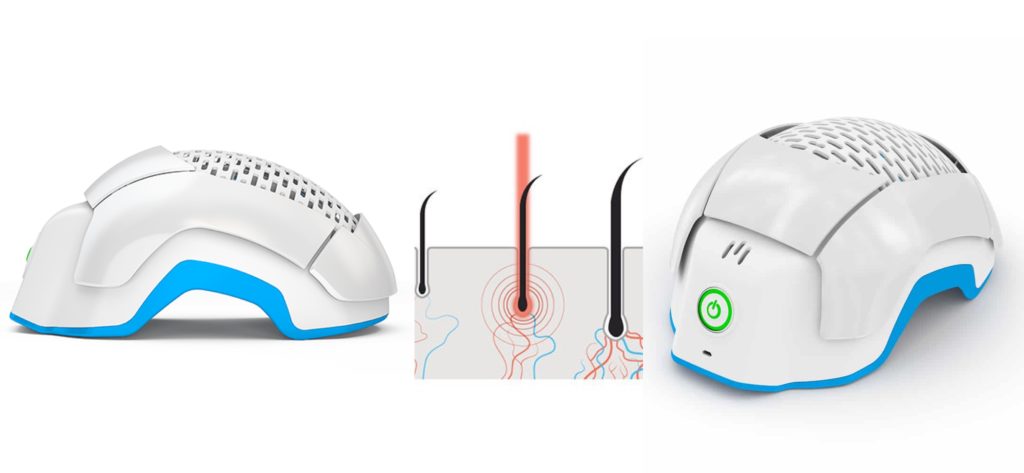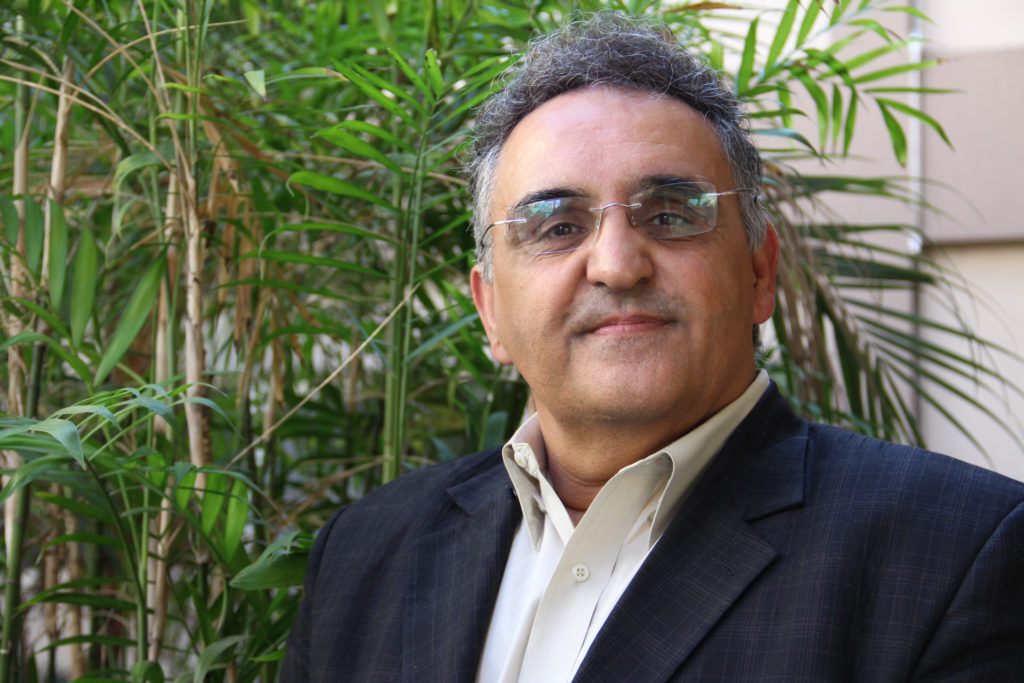
Theradome Employs NASA-Grade Technology to Combat Hair Loss
This Helmet Like Device Might Be Your Answer for Restoring Hair Loss
Let’s face it: hair loss is something that most people would rather live without. While it’s normal to lose 50-100 hairs a day, hair loss becomes an issue when you notice bald patches or extreme thinning. According to the American Academy of Dermatology, there are a number of causes for hair loss (also known as alopecia). Some of those causes include:
- Stress
- Disease
- Medical treatments
The most common cause of hair loss is is a medical condition called hereditary hair loss; this affects at least 80 million men and women in the United States.
Nothing quite works
If you experienced hair loss, you likely tried a number of treatments on the market already. One of the treatments you may be familiar with is Rogaine, a hair regrowth solution that “revives your hair follicles, increases their size, and lengthens their growth phase”. If you’re tired of trying, what if we told you that the solution is tied to technology? Space technology to be specific. Well, that is what Theradome creator, Tamim Hamid, offers people who struggle with hair loss.

Tamim began to experience hereditary hair loss at 32 – an age where most men would hope to have a full head of hair. Like others in his position, he tried all of the prescription drugs available and nothing worked for him. With his PhD in biomedical engineering, and as a former NASA scientist who specialized in lasers, Tamim knew that there had to be a better solution. Rather than endure the frustration and hopelessness that comes with hair loss, Tamim created a product that leveraged technology to combat the issue.
Living in the technology age, you can’t help but to marvel at the idea that it can restore hair. We were so intrigued that we had to hear from Tamim himself!

Apart from the technology, how has your experience working with NASA translated into creating and marketing a product like Theradome?
The NASA program is rooted in conquering new frontiers and expanding our view of what is truly possible through the power of technology. NASA taught me to make products simple and easy to use so that people could use them in their daily lives. It was an engineering feat to design an effective helmet-like device with 80 lasers inside that did not produce heat.
My mission with Theradome is to give those struggling with hair loss hope after in taking back control, restoring hair, and regaining their confidence.
Hair loss can be a matter of genetics. Would Theradome be considered a preventative treatment for people who are expected to experience hair loss?
Absolutely. Unfortunately, when a person is stressed, ill, medicated, or aging, hair is one of the first things affected. The reason for this is because it’s one of the last things your body needs. Theradome’s laser technology bio-stimulates the hair follicle with a precise wavelength and dose of energy that keeps hair in the anagen or growth phase. This is the phase is where hair loss is prevented. Theradome also thickens hair follicles for fuller hair.
Expand on the difference between LPT and LED technology. Why was it critical to use one over the other for Theradome?
LEDs lack the power and precision necessary to penetrate beyond the first layer of skin. Because of this, they cannot have a therapeutic impact on hair loss. The most important part of hair is the papilla (root); this is rooted deep in the scalp. I decided to use lasers because they are capable of penetrating beyond the seven layers of your scalp.
If you experience hair loss, it means that your hair follicles are no longer functioning optimally or getting the energy they need; this is where your mitochondria come in. Mitochondria are the power plants of your cells; when they are revived or re-stimulated, your hair stays intact and new hair grows. Laser hair growth treatments must be able to penetrate your scalp all the way to the hair follicle using the right type of light, in the right wavelength, and with enough power.
According to the Swedish Laser Medical Society, 680 nm is the optimal wavelength of light for reaching and stimulating hair follicle cells. Since lasers deliver light at one specified wavelength, they can be targeted specifically for this wavelength. Because LEDs are neither monochromatic nor coherent, they cannot target this very specific wavelength; their beams do not actually reach the hair follicle.
Since light disperses the farther it travels, you need a significant amount of power for bio-stimulation to occur once it reaches your hair follicle cells. Lasers deliver far more energy, and therefore power, than LEDs are capable of.
Some women experience hair loss due to excessive wear and tear from wigs, extensions, and other artificial hair products. Would Theradome be helpful in restoring any hair loss as a result of these?
Yes. Theradome works to strengthen your existing hair follicles (especially the tiny muscles that keep your hair intact) and keep it in its anagen growth phase where new hair growth occurs. This makes it highly effective in combating further damage. Anything that adds pressure or excessive pulling on your hair causes damage and forces it into a resting phase. Normal healthy hair lasts between 2 to 6 years on the scalp; stressed or damaged hair do not last that long, hence more hair loss is seen than hair growth by women who use artificial hair products.
Even if you’re not tech savvy, you have to admit that this sounds like a pretty far out product!
Photo credit: Lina Kavaka




Related posts